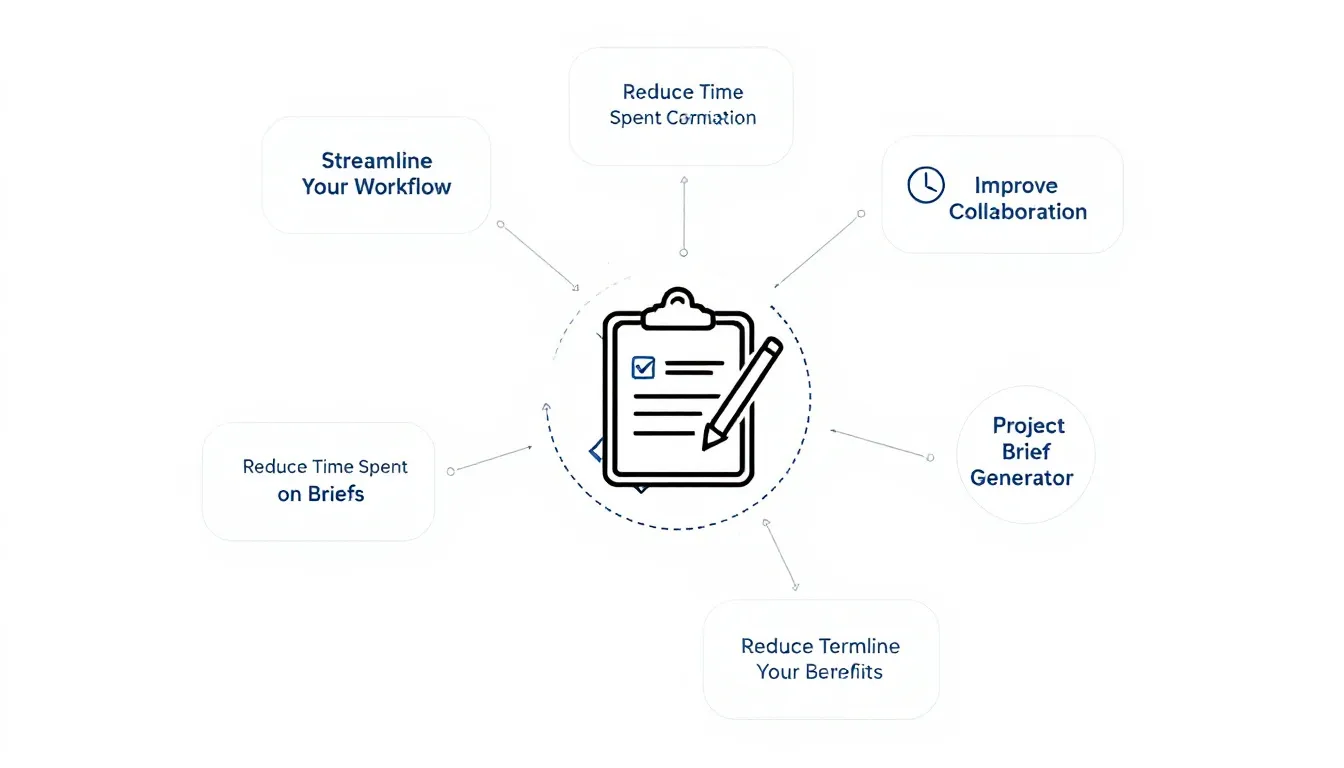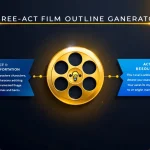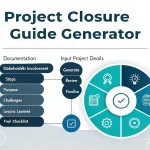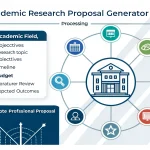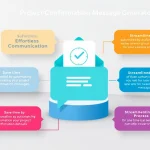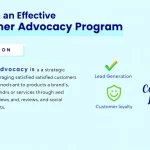Project Brief Generator
Is this tool helpful?
How to Use the Project Brief Generator Effectively
The Project Brief Generator helps you create clear, detailed briefs for your UI/UX design projects. Here’s how to fill out each section with practical examples that differ from the form placeholders:
-
Project Description: Provide a concise summary of your project’s purpose and scope.
Example 1: “Development of an educational platform for online language learning”
Example 2: “Creation of a custom CRM dashboard to support sales automation” -
Project Goals and Objectives: State the main outcomes you want to achieve.
Example 1: “Enhance learner engagement by 40%, integrate real-time feedback, and support multi-device access”
Example 2: “Automate lead tracking, reduce manual data entry by 50%, and improve sales forecasting accuracy” -
Target Audience: Describe who will use your product or service.
Example 1: “Adult learners aged 18-45, interested in language acquisition with moderate digital skills”
Example 2: “Sales teams in small to mid-sized tech companies, familiar with cloud-based software” -
Project Scope and Key Features: Define the main deliverables and core functions.
Example 1: “Design of interactive course modules, implementation of live chat support, integration with third-party language tools”
Example 2: “Dashboard customization options, automated email alerts, real-time analytics visualization” -
Expected Timeline (Optional): Provide an approximate project duration.
Example 1: “8 months”
Example 2: “16 weeks” -
Design Approach and Principles (Optional): Share your design strategy and philosophy.
Example 1: “Agile design focusing on iterative user feedback and intuitive navigation”
Example 2: “Accessibility-focused design ensuring compliance with WCAG standards” -
Team Roles and Responsibilities: List the team members and their key tasks.
Example 1: “Product Owner: Define priorities and user stories, Frontend Developer: Implement UI components”
Example 2: “UX Researcher: Conduct user interviews, Visual Designer: Create branding and graphics” -
Key Deliverables: Detail the outputs you expect from the project.
Example 1: “User journey maps, interactive prototypes, usability test summaries”
Example 2: “Custom CRM dashboard, API documentation, user training materials” - Generate and Review: After completing the form, click “Generate Project Brief” to receive a tailored, well-organized project brief. Review the generated content carefully and copy it for use in your documentation or project planning tools.
Introducing the Project Brief Generator: Definition, Purpose, and Benefits
The Project Brief Generator is a practical tool designed for UI/UX designers and project managers to quickly craft complete, structured project briefs. It helps overcome the common challenges of brief development by guiding you through essential project elements, ensuring clarity and thoroughness.
This online generator streamlines your planning process by:
- Providing a clear framework to capture project description, goals, and audience
- Encouraging thoughtful definition of scope, timeline, and design approach
- Standardizing project communication across teams and stakeholders
- Reducing time spent drafting briefs without sacrificing detail or accuracy
- Facilitating improved project alignment and decision making
By using this tool, you create briefs that save time, enhance communication, and support successful project execution. The output helps keep everyone focused on shared goals, scope, and deliverables through every stage of the UI/UX design process.
Practical Use Cases and Workflow for the Project Brief Generator
The Project Brief Generator is ideal for various project types, from website redesigns to complex mobile app initiatives. Here’s how you can incorporate it into your workflow:
- Initial Planning: Use the generator at the project kickoff to create a detailed brief that aligns your team on objectives and deliverables.
- Client Proposals: Produce clear briefs to share with clients, setting expectations and scope before development begins.
- Team Onboarding: Help new team members quickly understand project goals, timelines, and roles through the standardized brief.
- Progress Tracking: Reference the brief to monitor milestones, adjust deliverables, and communicate changes effectively.
Example Scenario: Educational Platform Redesign
Imagine you’re redesigning an online language learning platform. Using the Project Brief Generator, you input:
- Project Description: “Redesign the user interface to improve retention and course completion rates.”
- Project Goals: “Increase course completion by 25%, improve learner satisfaction ratings to over 90%.”
- Target Audience: “Adult learners aged 20-50, moderately tech-savvy looking for self-paced study.”
- Project Scope: “Revamp dashboard, add progress tracking, integrate live Q&A sessions.”
- Timeline: “5 months”
The generator then creates a comprehensive brief capturing all critical points. You share this with your team, enabling clear alignment and a focused design approach.
Tips for Maximizing the Tool’s Value
- Provide specific, concise inputs to improve the generated brief’s relevance.
- Use optional fields like Design Approach and Expected Timeline to add depth.
- Regularly update your inputs if project scope or goals change to keep your brief current.
- Review the output thoroughly to ensure it matches your project’s nuances before sharing.
Using the Project Brief Generator as part of your UI/UX design process enhances clarity, speeds collaboration, and sets a solid foundation for success.
Important Disclaimer
The calculations, results, and content provided by our tools are not guaranteed to be accurate, complete, or reliable. Users are responsible for verifying and interpreting the results. Our content and tools may contain errors, biases, or inconsistencies. Do not enter personal data, sensitive information, or personally identifiable information in our web forms or tools. Such data entry violates our terms of service and may result in unauthorized disclosure to third parties. We reserve the right to save inputs and outputs from our tools for the purposes of error debugging, bias identification, and performance improvement. External companies providing AI models used in our tools may also save and process data in accordance with their own policies. By using our tools, you consent to this data collection and processing. We reserve the right to limit the usage of our tools based on current usability factors.
